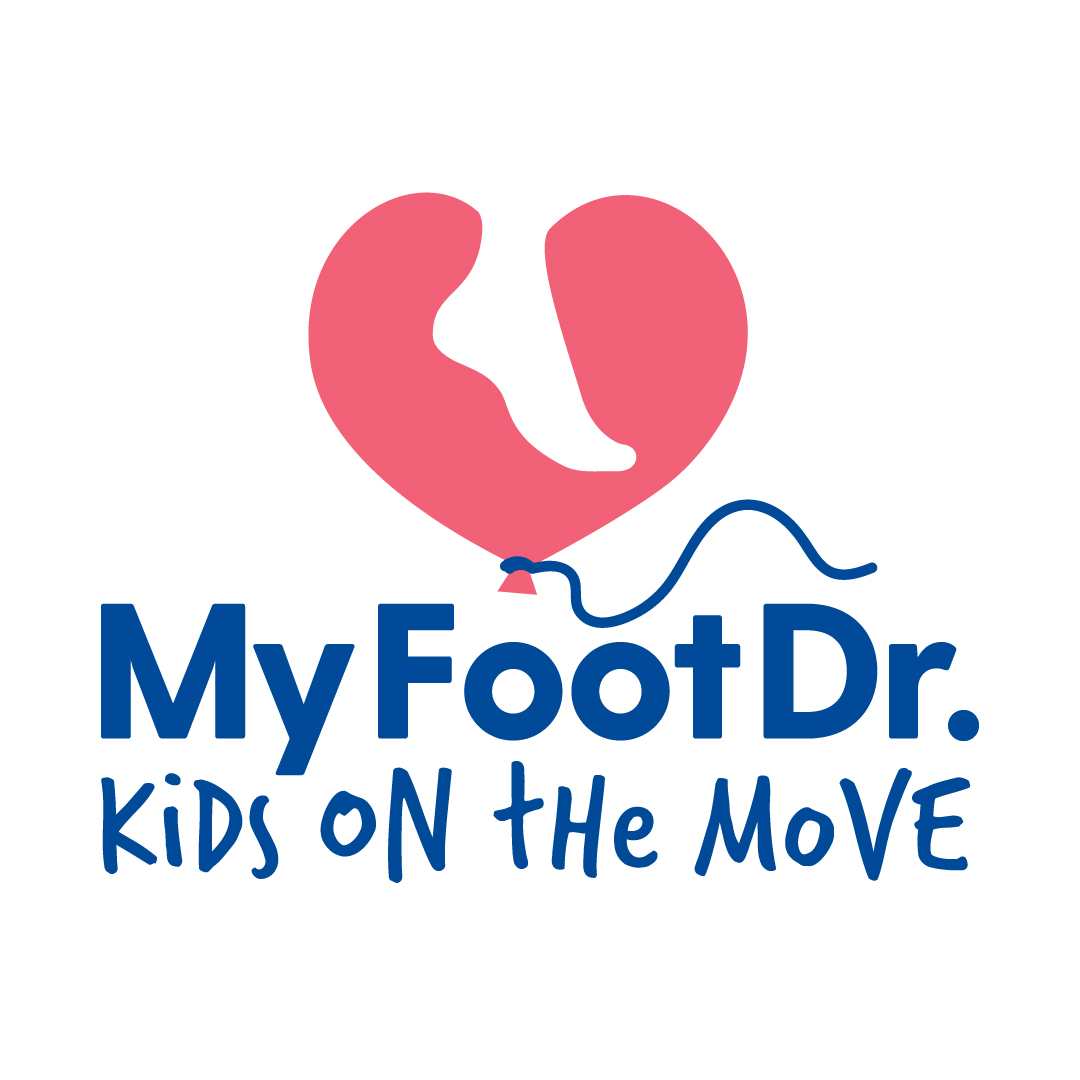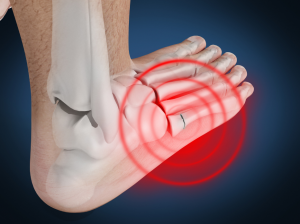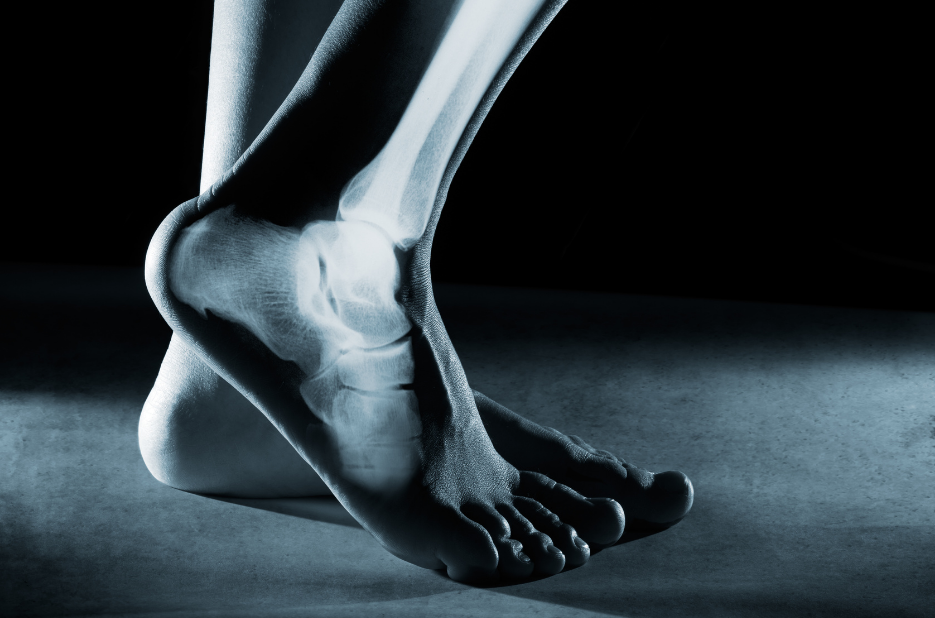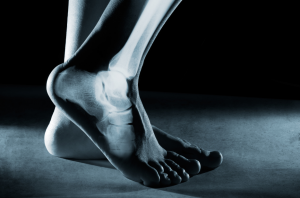
 When your feet unexpectedly change colour to appear more yellow, it’s no surprise that you may feel concerned. While some causes may be indicative of something more serious happening behind the scenes, other causes can be addressed with some simple changes or a visit to your podiatrist.
When your feet unexpectedly change colour to appear more yellow, it’s no surprise that you may feel concerned. While some causes may be indicative of something more serious happening behind the scenes, other causes can be addressed with some simple changes or a visit to your podiatrist.
Today, the My FootDr team have shared the top four reasons that you may have noticed your feet yellowing.



 Get rolling and get moving!
Get rolling and get moving!


 Kate graduated with a Bachelor of Health Science (Podiatry) degree from Charles Sturt University in 2008. She has been working at Border Podiatry Centre since 2009. Kate has always had a passion for helping people and knew from an early age that she wanted a career where she could do just that. Kate has extensive knowledge in all areas of Podiatry.
Kate graduated with a Bachelor of Health Science (Podiatry) degree from Charles Sturt University in 2008. She has been working at Border Podiatry Centre since 2009. Kate has always had a passion for helping people and knew from an early age that she wanted a career where she could do just that. Kate has extensive knowledge in all areas of Podiatry.
 Luke graduated with a Bachelor of Podiatric Medicine from Charles Sturt University in 2013. He spent a few years working for a busy podiatry practice in Wagga Wagga before moving back to Wodonga in 2018 when he started working at Border Podiatry Centre.
Luke graduated with a Bachelor of Podiatric Medicine from Charles Sturt University in 2013. He spent a few years working for a busy podiatry practice in Wagga Wagga before moving back to Wodonga in 2018 when he started working at Border Podiatry Centre.


 Tarsal tunnel syndrome is an impingement problem, where one of the key nerves that runs down the inside of your leg and ankle, called the
Tarsal tunnel syndrome is an impingement problem, where one of the key nerves that runs down the inside of your leg and ankle, called the 
 While a regular fracture describes a break in the bone that tends to occur suddenly, and a stress fracture describes tiny hairline cracks that develop slowly over time, an avulsion fracture is one where the stress and tension from a tendon or ligament that is attached to a bone pulls of a piece off the bone, fracturing it.
While a regular fracture describes a break in the bone that tends to occur suddenly, and a stress fracture describes tiny hairline cracks that develop slowly over time, an avulsion fracture is one where the stress and tension from a tendon or ligament that is attached to a bone pulls of a piece off the bone, fracturing it.
 When you have an anterior ankle impingement, it means that the joint capsule at the front of the ankle is being pinched, compressed or wedged when you move your foot up on your ankle (toes towards the sky). This produces
When you have an anterior ankle impingement, it means that the joint capsule at the front of the ankle is being pinched, compressed or wedged when you move your foot up on your ankle (toes towards the sky). This produces